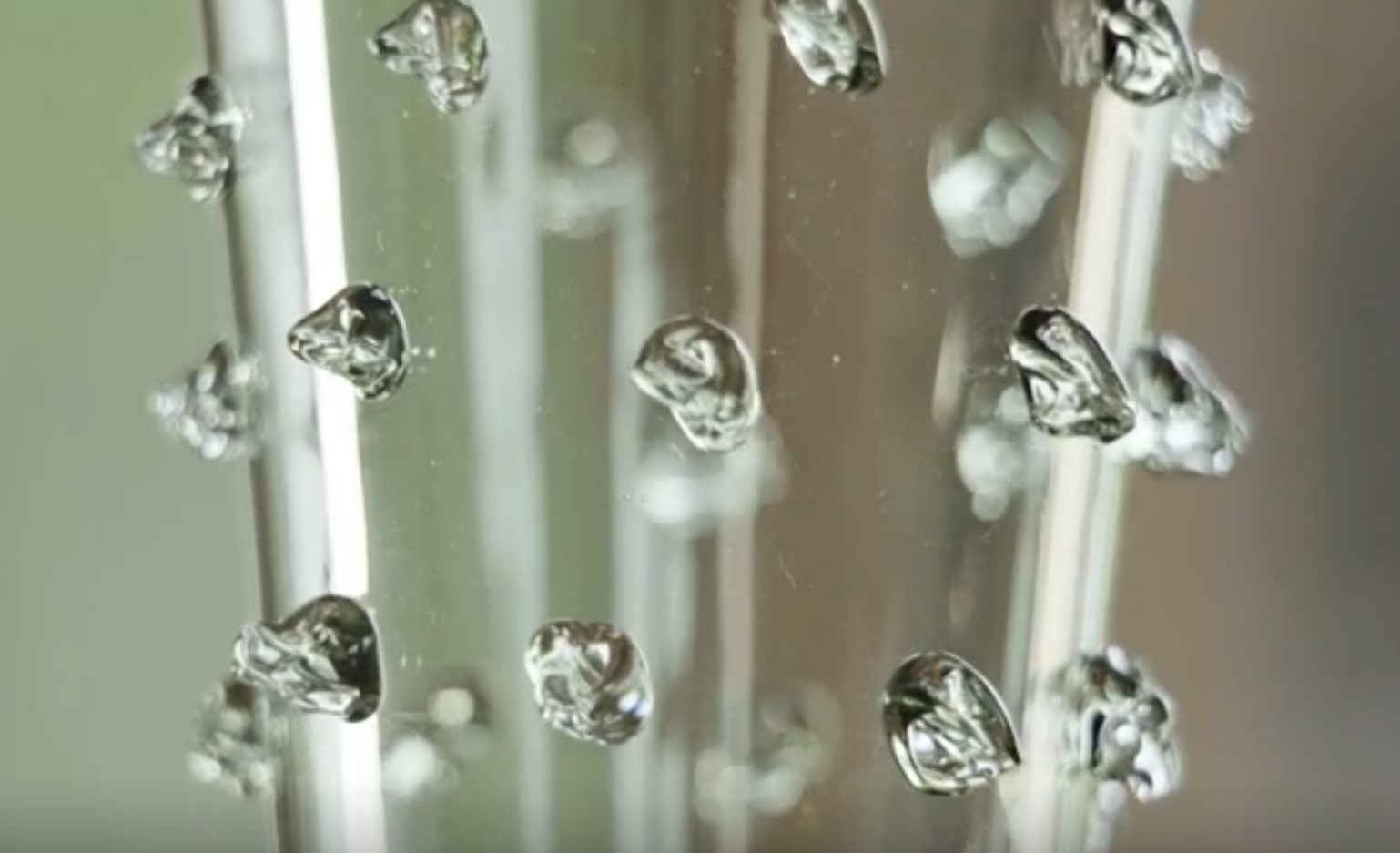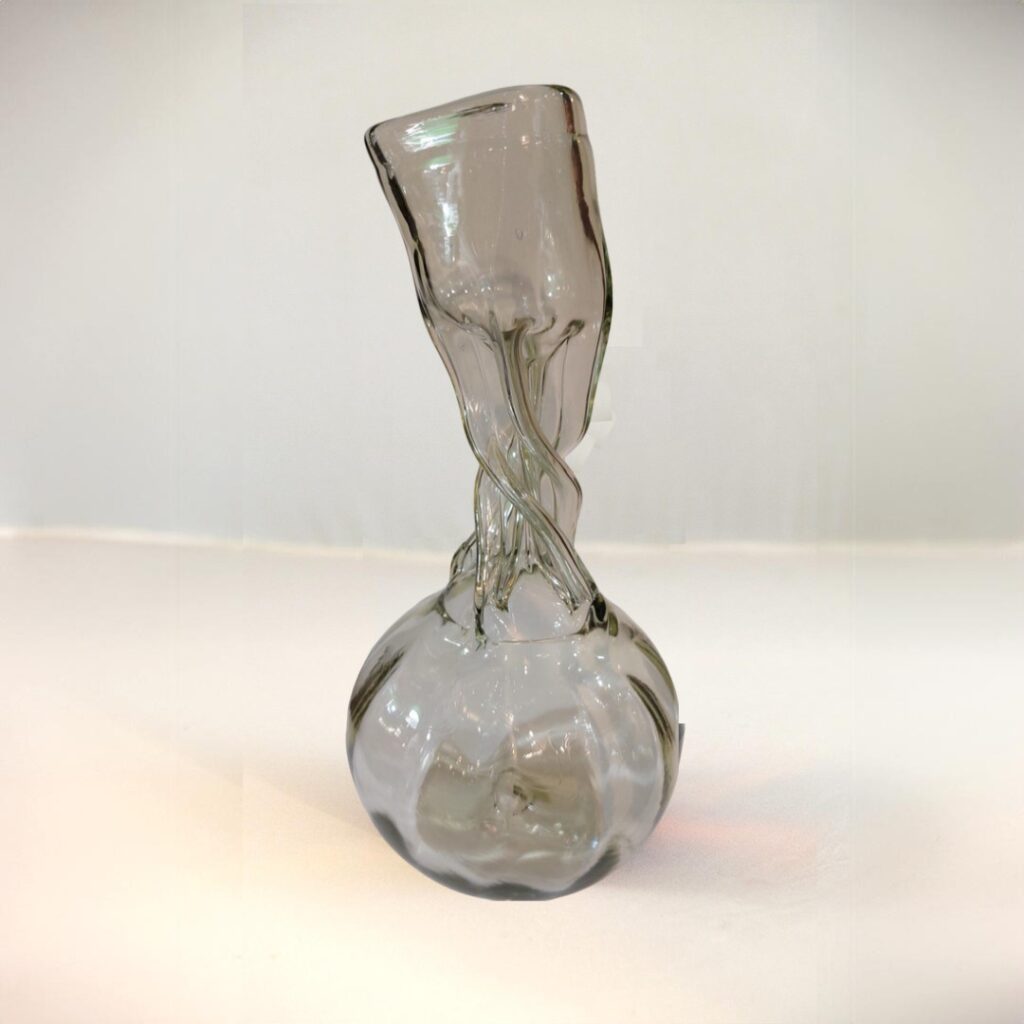Green forest glass – it sounds almost magical and fairytale-like. It’s as if glass in the green dense forests was made by fairy-tale characters in ancient times.
Perhaps this enchantment is also behind the replicas of historic forest glass, which were not only produced during the historicism period, but also in the present day. And why not, a little bit of magic doesn’t hurt any home.
And what’s the real story behind forest glass and its greenish colour?

Historical forest glass in the time of Charles IV
Although the Celts were already trading in glass, the beginning of Czech glassmaking dates back to the Middle Ages – the 13th and 14th centuries. And it was greatly helped by Charles IV, who was accustomed to the standards of Western Europe from his childhood. And even though the Czech lands were a strategic place for him to settle. Yet at the time, they were lagging behind Western Europe.
Charles IV brought in craftsmen from France, Germany and Italy. And among them, glassmakers. Venetian glassmakers, for example, worked on the stained glass windows of the new St. Vitus Cathedral at Prague Castle. However, it was not possible for them to import all the finished glass. They worked with Bohemian glassmakers in their glassworks.
Importing glass was extremely expensive and practically impossible when producing to order (more about the history of glass here.)
In addition to stained glass for cathedral windows, glass was also used as bowls, jars and jugs during the Middle Ages. Only for the wealthy class, of course. Because people still ate with their hands during the period, the glasses needed to be treated to prevent slipping. That is why in the Gothic period they are decorated with typical glass “dots” (as in the picture above).
Historical glass production
Silica sand (or silica) and flux were needed to make glass. The problem was, however, that such glass only melted at a temperature of 1700°C (3092°F), which could not be achieved by burning wood in a kiln. The melting temperature had to be lowered.
This was made possible by potash (potassium carbonate) obtained from the ashes of beech wood. Just to give you an idea, from 100kg of ash it was possible to obtain about 13kg of potash. So a lot of wood was needed. Glassworks were thus established in the present-day border region of Šumava and Erzgebirge. And if the wood was extracted in the circle, the glassworks was abandoned and a new one was established.
Typical forest glass colour and smart products
The typical greenish colour of forest glass was not a fashion trend (as it was in later times, when Moser graded his glass, uranium lit it up or stone-like glass was produced). Instead, the goal was to obtain glass that was as pure as possible.
Despite their efforts, impurities (iron admixtures) remained in the glass, which manifested themselves in a slightly greenish or yellowish color of the glass.
This remained a characteristic of glass throughout the Middle Ages and into the early modern period. Although Bohemian crystal (more about it here) had to wait many years. Glassmakers did not only apply their ingenuity to technological inventions or the possibilities of decoration as such. But also in the practicality of using the objects.
We have already mentioned the decoration that prevented the glass from slipping from greasy hands. Other jars had marked parts. These were used for signing and sealing contracts. This ensured that everyone drank exactly their share – so the drink could not be poisoned.

Another gadget of the time was the so-called riding bottle (see photo). This ensured that the liquid did not spill when riding. In addition, the water flowed slowly when drinking, so that the person concerned did not spill.
The green forest glass was later restored in the historic period. A period when, influenced by Romanticism, original elements were revived in art. The equestrian bottle was also restored – it was called a joke jar. Because the water flowed slowly, but if an impatient person tilted it too much, the water would pour over them.
Replicas of historic forest glass are still made today. Gothic forest glass is often broken or part of museum collections. However, glass from the 19th century can be found today (this joke vessel is in our shop at the time of writing, for example).
More about glass
Moser glass
Bohemian crystal glass
How to recognize antique glass
Did you find glass objects in your grandparents’ attic, did you get your hands on an object that you think might be old and valuable? Or are you playing with…
Malachite glass
History of Bohemian glass
Vintage metallurgical glass
The precisely engraved glass, the refraction of crystal glass, the timeless decors of art deco glass are amazing. But each of us at sometimes longs for an elegance that carries…









